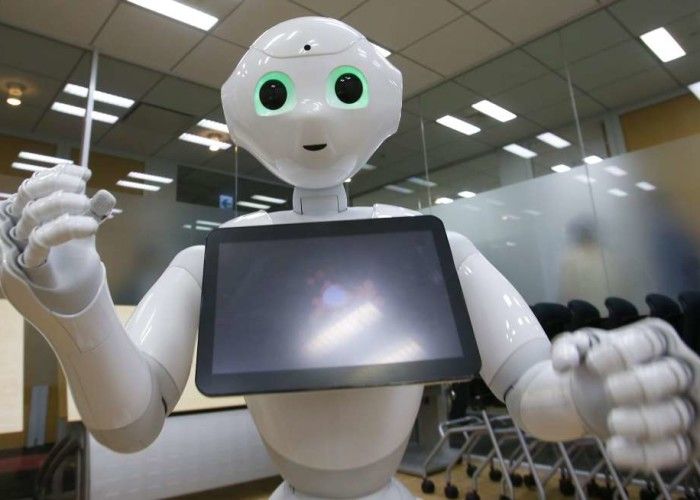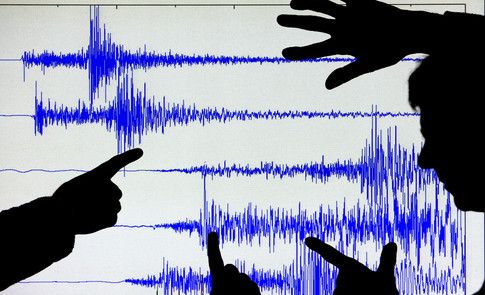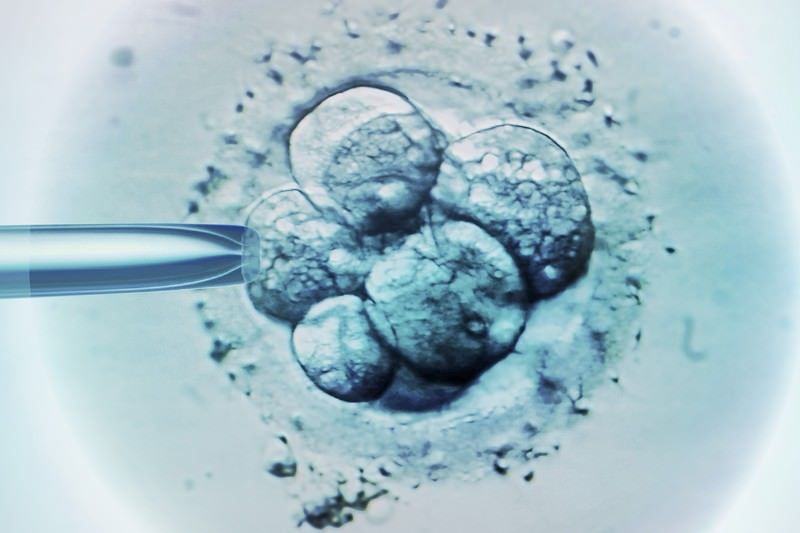Jan 13, 2016
Half of plastic trash in oceans comes from 5 countries
Posted by Jeremy Lichtman in categories: economics, health, materials
If true, this might mean there’s a “low hanging fruit” solution to ocean gyre garbage — a targeted effort to improve garbage collection in a small number of cities in developing nations, might dramatically reduce it. Hint, hint, Bill & Melinda Gates Foundation! Side benefit would be greatly improving the lives of people in those cities, with some obvious health benefits along the way.
Economic growth in these countries is outpacing infrastructure, and their trash is collecting in the sea.


















